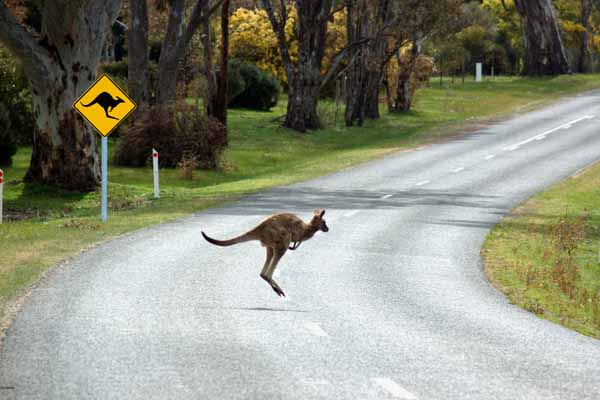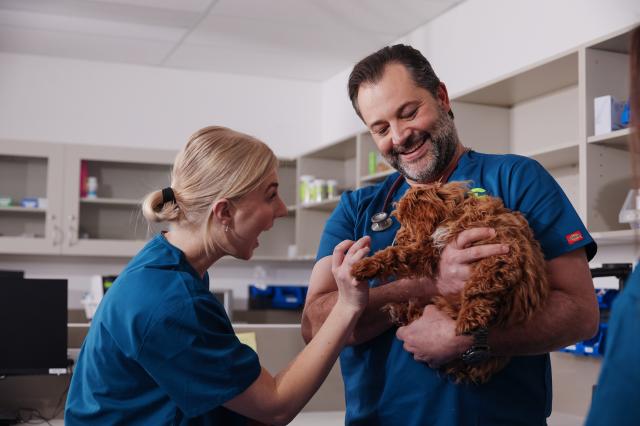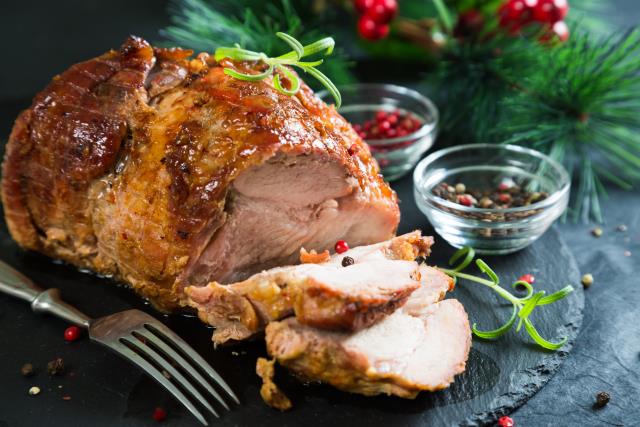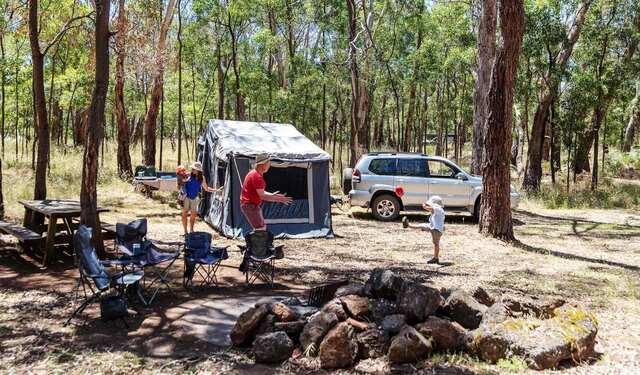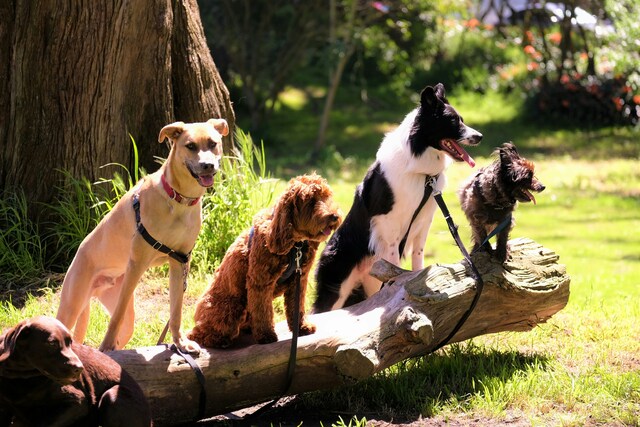Sunbury and Macedon Ranges wildlife activists have condemned plans to cull kangaroos on Melbourne’s fast-growing urban fringes.
They say better planning would be a preferable solution to the problems arising from rapid housing growth to the city’s north and north-west.
The number of kangaroos being rescued by groups, such as Macedon Ranges Wildlife Network (MRWN), has soared in recent years, from 594 in 2011 to almost 1300 last year.
Many call-outs relate to roos being hit by cars, with the Melbourne-Lancefield Road among the hotspots, while animals have also become trapped in backyards in areas such as Sunbury’s Jacksons Hill.
Wildlife consultant Ian Temby, who last week submitted to the Environment Department a proposal to manage kangaroos in urban areas, said a cull was the most humane solution.
‘‘The alternative is that kangaroos get killed by cars,’’ he said. ‘‘It’s a consequence of development; there are costs.’’
Mr Temby acknowledged that a cull plan would be controversial. ‘‘[But] if they are culled, you are talking about reducing pain and suffering.’’
MRWN spokeswoman Fiona Corke said killing kangaroos to allow more development was hardly a radical solution.
‘‘It’s what they’ve always done, but people expect better now,’’ she said.
‘‘To call for a cull so developers can continue to make money is appalling.’’
Ms Corke said while councils had tried to bring in buffer zones and wildlife corridors in some areas, the bigger problem was state planning laws.
‘‘The real issue is that developers aren’t forced to make way for wildlife and so it sort of becomes nobody’s problem,’’ she said.
Macedon Ranges mayor Graham Hackett said the council, as part of a group of Loddon Campaspe councils, had lobbied for better kangaroo management but did not consider culling to be a viable option. Both Macedon Ranges and Hume councils require management plans limiting effects on native wildlife before developments can go ahead.

